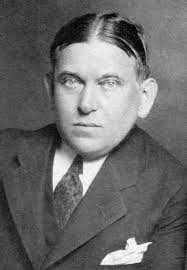Poetry in Notion.
Sean Boyle, a really smart Publicis brand planner, once told me good brand strategies offer a poetic appeal. To understand his point, I suspect it is much easier to look at a brand strategy and notice a lack of poetry than is to articulate a poetic frame. I’ve tried poetry. When my pops died, I wrote one. Following powerful relationships, others. They weren’t “There once was a man from Nantucket” ditties, they were home-grown and from the heart. Without rhyme or perfect tempo. They were my tempo.
Poetry and what is poetic is in the eyes of the beholder I reckon, so Sean’s notion about good strategy will be different to each planner. But let’s agree to say poetic ideas are pregnant ideas. And dimensional. Ideas that strike up emotion. Certainly they can provide rational context — it is the real world after all. Perhaps this is why “storytelling” is such a pop marketing topic of the day. But storytelling and the journey and all that other brand-speak, is only as good at the strategy that gave it birth. Only as good as the morals of those stories. “A closer shave” is not poetic, “a softer rough” just might be. Peace.






